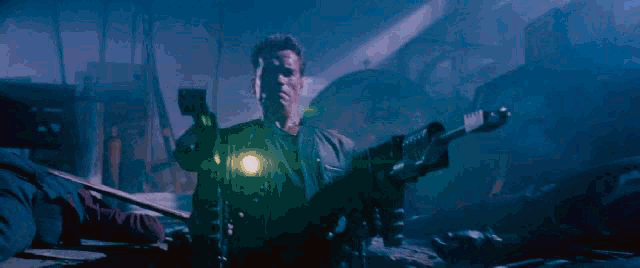Parabalus
Arcane
- Joined
- Mar 23, 2015
- Messages
- 17,546
Is Naheulbeuk difficult though? Granted, I didn't play it on very high difficulty because I suck at combat, but for all my sucking I found it quite easy.Exactly. There's a great fight over a pillared pit in one of the first dungeons that really takes advantages of the games systems by placing ranged enemies out of reach and then spiders in a position to surround the party as they try to get to those enemies. The fact that most encounters subsequently just puts you on a map with enemies running towards you without any caveats or interesting, tactical conundrums is the problem here.
That's why Parabalus' harping on about difficulty makes no sense. Those settings don't change or have anything to do with the problems we're discussing.
Blackguards and Naheulbeuk wouldn't be interesting at all if they also weren't difficult.
The beginning on the highest difficulty is brutal, especially if you are stingy with consumables.
Later on it's a mix of steamroll and very difficult fights, which is an extremely satisfying progression.





























